To varying degrees radio astronomical measurements are affected by the Earth’s atmosphere, including changes in water vapor content. These…
Select :
asteroid collisionasteroidsastronomical distance scalesatomsbig bangblack holesbright lights in the skybrown dwarfcareerscelestial eventschecker cabscometsconstellationscosmic distancescosmic microwave backgroundcosmic rayscosmologydark energydark matterdwarf planeteartheclipseeclipticeducationexoplanetsexpansion of the universegalaxiesgeneral relativitygravitational lensgravity wavesGreat Red SpotHoaxesHubble Space Telescope (HST)Interferometerinterferometryinterstellar moleculesionosphereJupitermagnetarsmarsmeteorsMH370milky wayMilky Way Galaxymoleculesmoonmoonsneutron starneutron starsNibirunight skyparallaxphysicsplanetsplutoproperties of lightPtolemypulsarsquasarsradar astronomyRadio Astronomyradio frequency interferenceradio interferometersradio recombination line emissionRadio TelescopeSatellite DishSchwarzschild Radiusscientific methodsearch for extraterrestrial intelligenceSETIsolar systemspace probesspacecraftstar formationstarssunsupernovasupernova remnantssupernovaetelescopestime dilationTrans Neptunian Objectstwin paradoxunexplained celestial observationsVenusVery Large ArrayVery Long Baseline Array (VLBA)Voyager 1weather
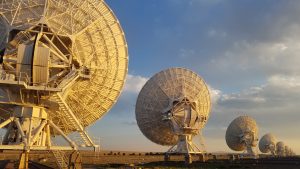
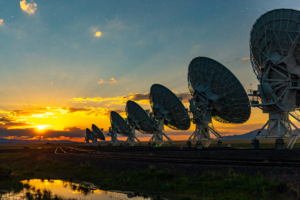
How Does a Radio Interferometer Work?
I believe that this question has been answered several times in the past on this blog. I think that…
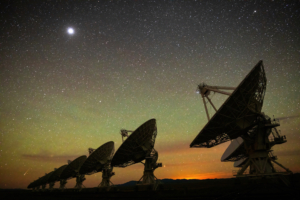
How Do Radio Astronomers Make Images at Radio Frequencies?
I believe that this question has been answered before in two posts which addressed questions about single radio telescopes…
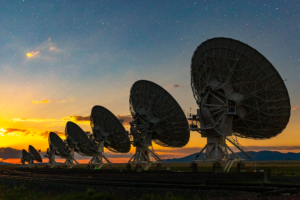
The Difference Between Brightness and Flux Density
You are correct in that brightness (you used the term “intensity”) is independent of distance, but flux density is…

What are the Angles Separating the Tracks of the VLA Antenna Layout and What is its Orientation Relative to Geographic North?
The angles which separate the arms of the “Y” configuration of the VLA antennas are 120 degrees. Additionally, according…
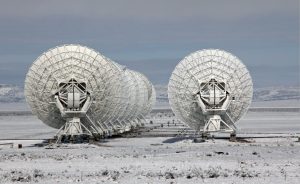
What Do Radio Telescopes Do About Snow and Ice Accumulation?
Measurements that radio telescopes that operate at relatively long wavelengths, about one centimeter or longer, are not affected by…





